When it comes to attracting wild birds to your yard, conventional wisdom has long suggested that the cleaner your bird feeder, the better. Bird enthusiasts diligently scrub, sanitize, and maintain pristine feeding stations in hopes of creating a healthy environment for their feathered visitors. However, recent research and observations from ornithologists suggest that our well-intentioned cleaning habits might actually be deterring certain bird species. Some birds are naturally drawn to environments that contain specific microbes, natural debris, and even subtle fermentation processes that ultra-clean feeders lack. This fascinating contradiction challenges our understanding of bird preferences and might explain why some species avoid even well-stocked feeders that appear perfect to human eyes.
The Natural Feeding Environment
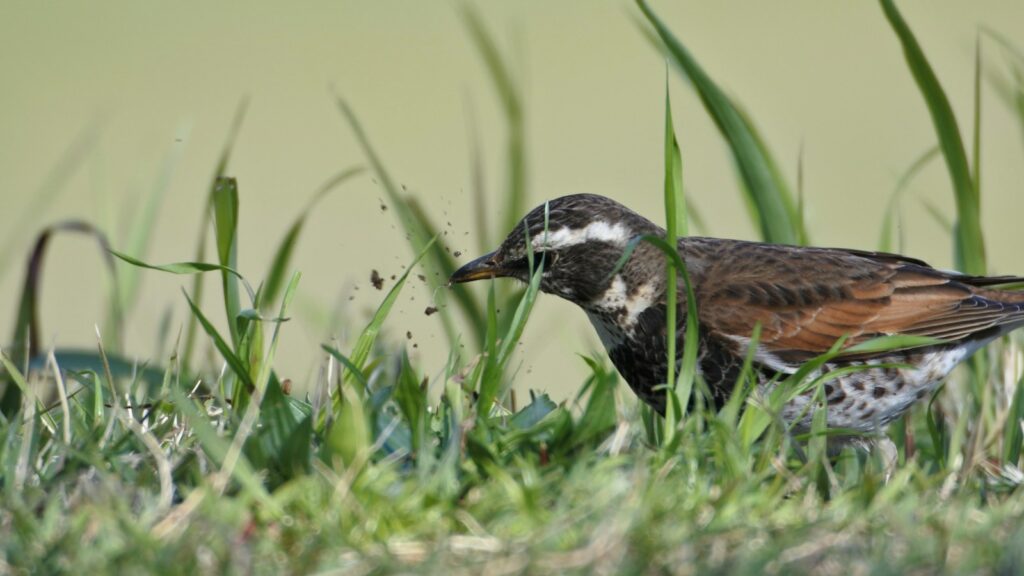
In the wild, birds don’t encounter sanitized feeding stations. Instead, they forage among fallen seeds, partially decomposed fruits, and insects living in complex microbiomes. These natural feeding grounds contain a rich tapestry of microorganisms, yeasts, and beneficial bacteria that birds have evolved alongside for millions of years. The scent profile of these natural feeding areas, complete with slight fermentation and microbial activity, serves as an important sensory cue that signals “food is here” to many bird species. When we create feeding stations that are too sterile, we inadvertently remove these important olfactory signals that birds use to identify food sources. Some research suggests that certain thrushes, sparrows, and other ground-feeding specialists may be particularly sensitive to these missing microbial cues.
The Science of Bird Olfaction
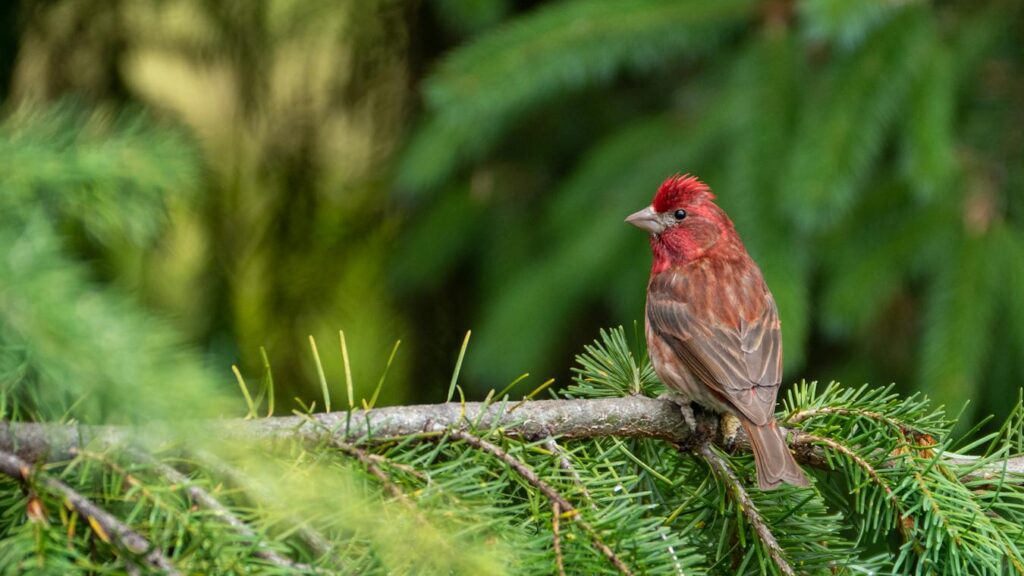
Contrary to outdated beliefs, birds possess sophisticated olfactory abilities that play crucial roles in their feeding behaviors. While not all species rely equally on smell, many birds use scent to locate food, identify nutritious options, and even avoid potential toxins. Scientific studies have documented remarkable olfactory capabilities in species ranging from kiwis and vultures to certain songbirds like finches and thrushes. These birds can detect subtle aromatic compounds produced by seed-dwelling microbes that indicate nutritional value, ripeness, or even the presence of certain essential nutrients. When feeders are frequently cleaned with strong detergents and disinfectants, these natural aromatic compounds are eliminated, potentially making the food less detectable or appealing to birds that rely partially on scent for foraging. This sensory disconnect might explain why some species ignore seemingly perfect feeding stations.
Beneficial Microbes and Bird Health
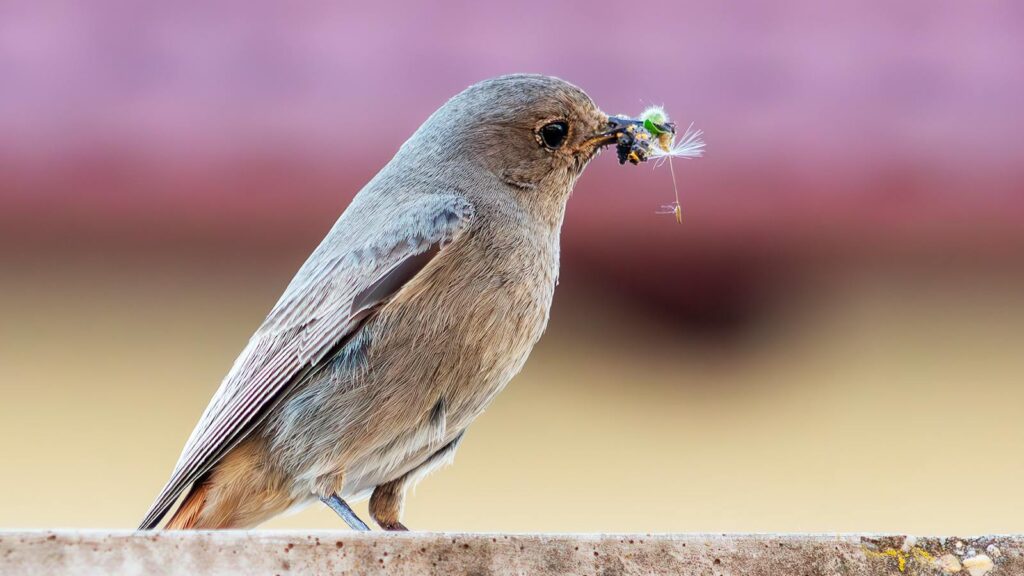
Emerging research in avian microbiology suggests that exposure to diverse environmental microbes may actually benefit bird health in several ways. Birds maintain complex microbiomes in their digestive tracts that help them process food and extract nutrients efficiently. Some of these beneficial gut bacteria come from their environment, including natural feeding areas with minor microbial activity. Certain wild birds may instinctively seek feeding environments that contain specific microorganisms that support their digestive health. Too-clean feeders might disrupt this natural microbial acquisition process, potentially affecting birds’ nutritional intake and digestion. Studies of captive birds have shown that overly sterile environments can lead to less diverse gut microbiomes, which may impact overall health and immune function.
Fermentation as a Natural Attraction
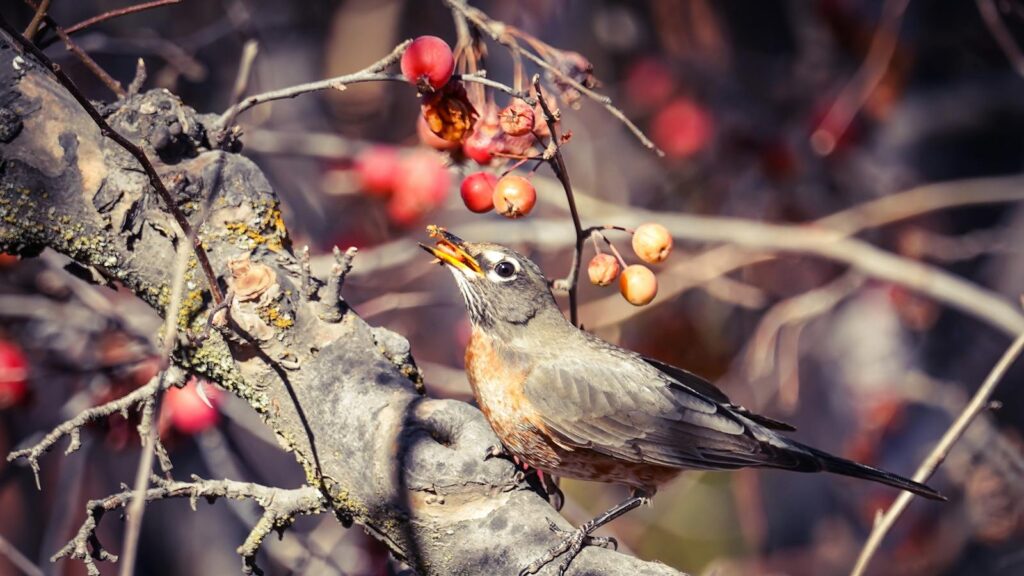
Slight fermentation processes in natural foods create compounds that many birds find irresistible. Cedar waxwings, robins, and other fruit-eating birds are naturally drawn to berries that have begun mild fermentation, which often signals peak ripeness and maximum nutritional value. This natural fermentation process creates volatile compounds that birds can detect from surprising distances. Even seed-eating birds may be attracted to seeds that have absorbed moisture and begun subtle enzymatic changes, creating distinctive scent profiles. Feeders that are constantly cleaned and restocked with fresh seed eliminate these natural fermentation processes that might otherwise attract certain species. For birds that have evolved to detect these subtle chemical signatures, an ultra-clean feeder might simply fail to register as a potential food source.
The Connection Between Soil and Seed
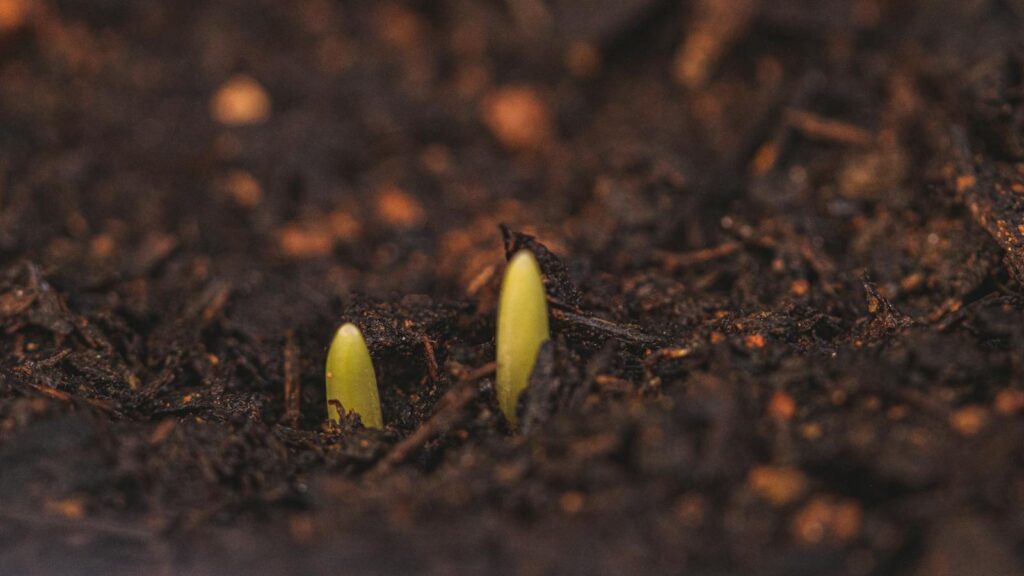
Ground-feeding species like juncos, towhees, and native sparrows have strong associations between soil microbes and food sources. In nature, these birds often forage at the interface between soil and seed, where microorganisms play important roles in breaking down seed coats and even enhancing nutrient availability. Some research suggests these birds may prefer seeds that carry traces of soil-based microbes because they aid digestion or provide supplemental nutrients. Clean platform feeders or hanging feeders completely remove this soil-seed interface that ground-feeding specialists naturally seek out. Creating designated ground feeding areas with natural substrate, rather than constantly cleaning every surface, might better attract these ground-foraging specialists that otherwise avoid traditional feeders.
Finding the Right Cleaning Balance
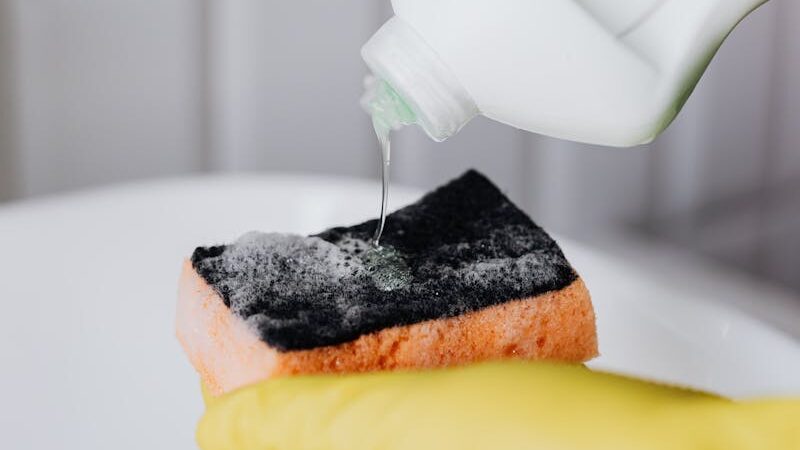
Rather than abandoning cleanliness altogether, bird enthusiasts might benefit from adopting a more balanced approach to feeder maintenance. Instead of daily scrubbing with strong disinfectants, consider cleaning schedules that allow for some natural processes while still preventing harmful mold or disease transmission. Many experts now recommend cleaning feeders thoroughly every 1-2 weeks during normal conditions, rather than daily. Using mild, bird-safe cleaning solutions rather than harsh chemicals helps preserve some of the natural microbial environment while still removing potentially harmful pathogens. This middle-ground approach ensures feeders don’t become dangerous through neglect while still preserving some of the natural microbial cues that make feeders attractive to a wider variety of species.
Species That Prefer “Natural” Feeders
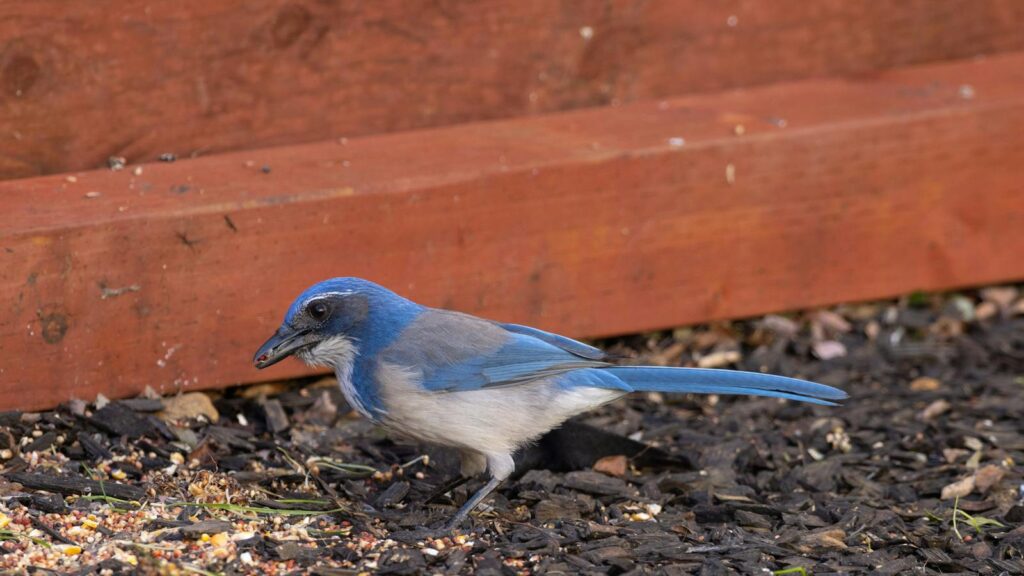
Certain bird species consistently show preferences for feeding stations that more closely resemble their natural foraging environments. Thrushes, including American robins and varied thrushes, often ignore pristine platform feeders but readily visit areas where fallen fruit has been allowed to rest on natural ground. Native sparrows like white-throated, fox, and song sparrows typically prefer scattered seed on natural substrate over clean platform feeders. Woodpeckers, nuthatches, and creepers often prefer suet or nut mixtures placed in natural bark crevices rather than in scrubbed plastic holders. Observing which species visit different types of feeders can provide valuable insights into their preferences for more or less “natural” feeding environments. By diversifying feeding stations to include both clean and more naturally-maintained options, backyard birders can attract a wider variety of species.
Disease Prevention vs. Natural Appeal

While maintaining some natural elements at feeding stations has benefits, responsible bird feeding still requires preventing disease transmission. Certain pathogens like avian conjunctivitis, salmonellosis, and aspergillosis can spread at feeding stations, particularly during warm, humid conditions. Rather than abandoning cleaning altogether, the solution may lie in creating multiple feeding zones with different maintenance approaches. High-traffic feeders serving finches and other susceptible species should still be cleaned regularly, while separate ground feeding areas might be maintained with a lighter touch to attract species that prefer more natural conditions. Monitoring for signs of sick birds and adjusting cleaning schedules seasonally (cleaning more frequently during warm, wet weather) strikes a reasonable balance between health concerns and natural appeal. This nuanced approach acknowledges both the importance of disease prevention and the benefits of maintaining some natural microbial elements.
Creating Microbe-Friendly Feeding Zones
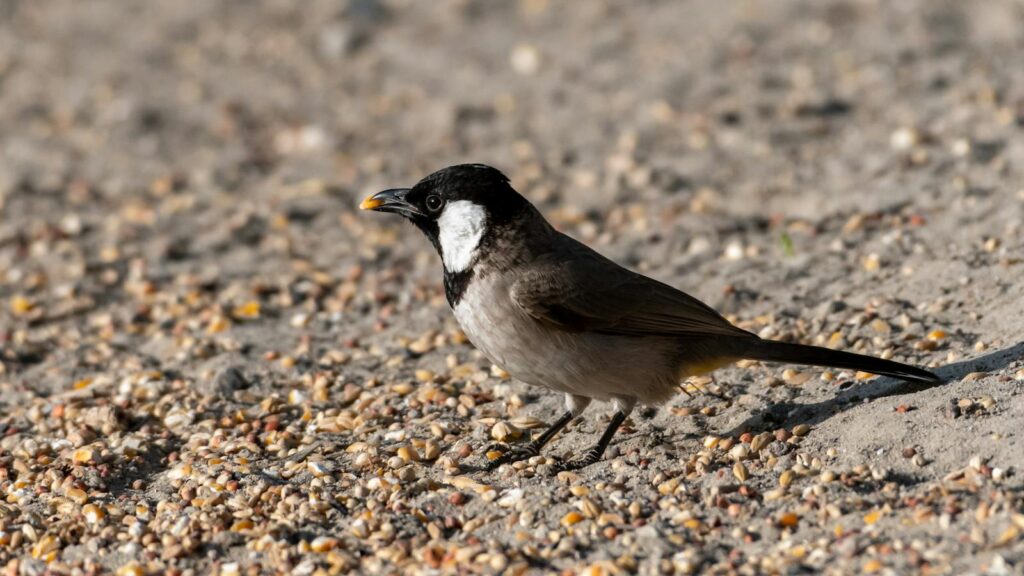
For birders looking to attract a wider variety of species, creating designated “natural” feeding zones can complement traditional clean feeders. Consider establishing a small area where seed is scattered on natural ground and allowed to integrate with soil, leaf litter, and environmental microbes. Placing fruit in naturalistic settings where it can undergo mild natural processes might attract species that never visit traditional feeders. Log or stump feeders that incorporate natural bark and wood-dwelling microbes often appeal to species that otherwise avoid artificial feeding stations. Maintaining these natural feeding zones away from high-traffic feeders helps prevent cross-contamination while still providing options for birds that prefer more natural conditions. These microbe-friendly zones can be particularly effective during spring and fall migration when uncommon species might briefly visit yards with suitable feeding opportunities.
Seasonal Considerations for Feeder Cleanliness
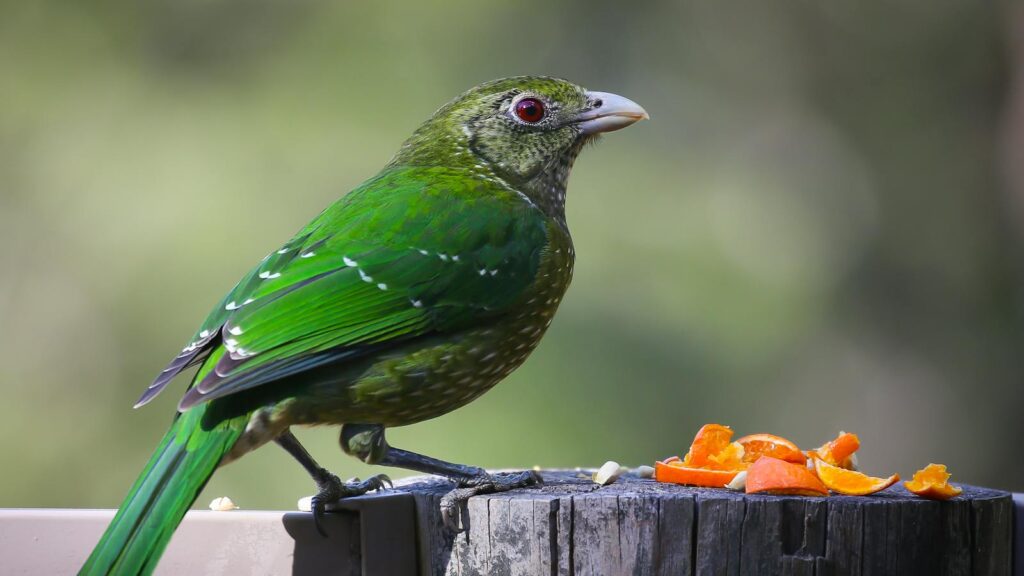
Bird preferences regarding feeder cleanliness often shift seasonally, reflecting changing nutritional needs and environmental conditions. During breeding season, many parent birds actively seek protein-rich foods with certain microbial profiles that signal nutritional content appropriate for nestlings. In fall, migrating birds may be particularly attracted to slightly fermented fruits and berries that provide high-energy sugars. Winter feeding may benefit from slightly less frequent cleaning schedules (except during wet periods) as cold temperatures naturally reduce microbial activity and disease transmission risks. Hot, humid summer conditions generally require more frequent cleaning regardless of bird preferences, as dangerous mold can develop rapidly. Adjusting maintenance approaches seasonally can help attract the maximum diversity of birds while still preventing unhealthy conditions.
Observing Bird Behavior as a Guide

Perhaps the most valuable indicator of appropriate feeder cleanliness is simply observing which birds visit different feeding stations. If certain species consistently avoid your meticulously maintained feeders despite appropriate food offerings, consider experimenting with creating alternative feeding areas with more natural characteristics. Pay attention to where birds feed most enthusiastically in your yard—often these preferred spots incorporate elements of the natural feeding environment. Birds that scratch and forage on the ground often demonstrate clear preferences for areas with natural substrate and the microbes that come with it. Their behavior provides valuable clues about their feeding preferences that might not align with human perceptions of an ideal feeding station. Maintaining a bird journal that tracks which species visit different types of feeders can reveal patterns that help optimize your feeding approach.
The Wider Ecological Context
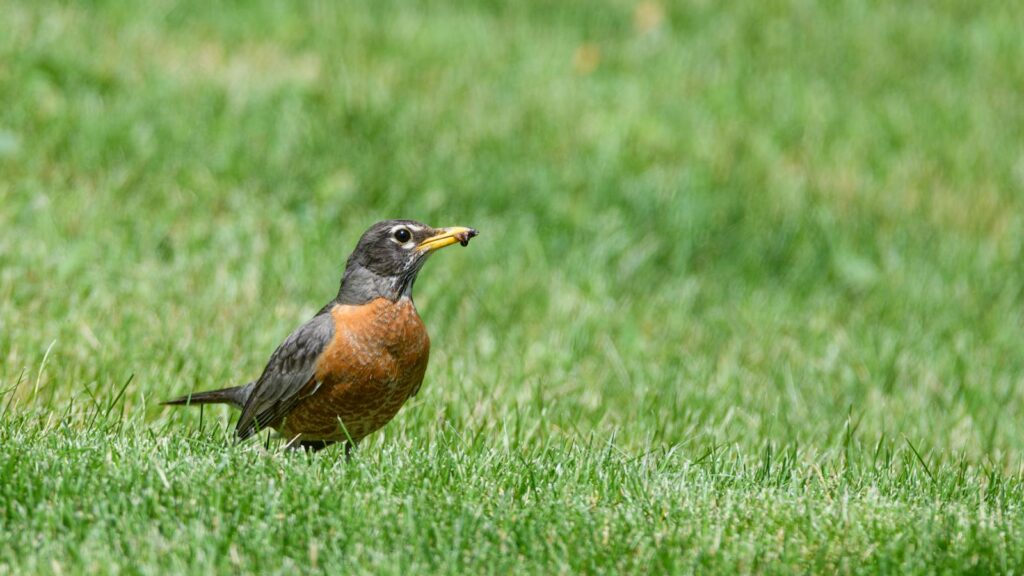
Understanding feeder cleanliness preferences requires considering the broader ecological relationships between birds, microbes, and food sources. Throughout evolutionary history, birds have developed complex relationships with environmental microorganisms that influence everything from digestion to immune function. These relationships don’t disappear simply because we provide artificial feeding stations. Wild birds exist within intricate ecological networks where microbes serve as decomposers, nutrient cyclers, and even indicators of food quality. By creating feeding environments that acknowledge these ecological relationships, we provide more authentic and attractive options for a wider variety of bird species. This ecological perspective encourages us to see our feeding stations not as isolated food dispensers but as extensions of natural foraging environments with all their microbial complexity.
Finding Your Feeder Balance
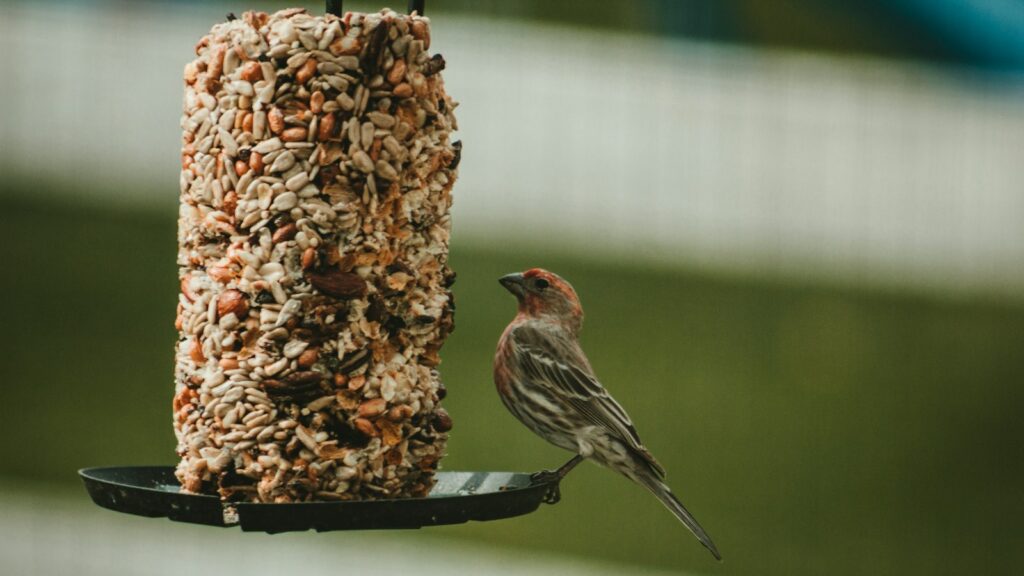
Ultimately, the ideal approach to feeder cleanliness involves finding a thoughtful balance that works for both birds and bird enthusiasts. Regular cleaning remains essential for preventing disease transmission, particularly during warm, wet periods and in areas with high bird traffic. However, incorporating some natural elements and allowing for appropriate microbial activity may actually enhance the attractiveness of feeding stations for many species. Consider maintaining different types of feeding areas—some kept meticulously clean for species susceptible to diseases, others managed with a lighter touch to appeal to birds that prefer more natural conditions. Observe which approaches attract the greatest diversity of birds to your particular location. This balanced perspective acknowledges that cleanliness exists on a spectrum, and finding the right place on that spectrum depends on your specific bird-feeding goals, local species, and seasonal conditions.
Conclusion
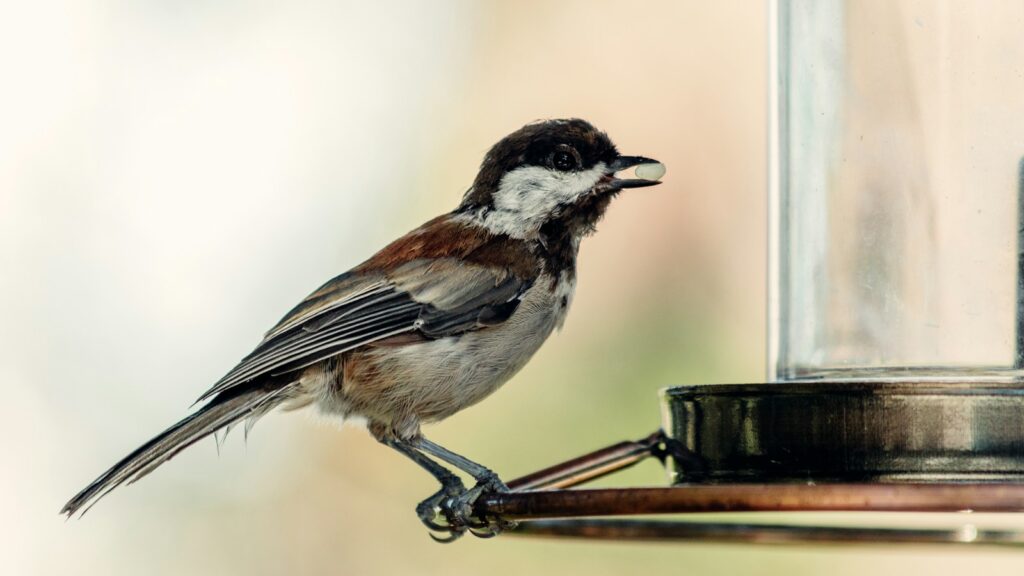
The relationship between feeder cleanliness and bird attraction reveals a fascinating tension between our human desire for tidiness and birds’ evolutionary adaptations to natural feeding environments. While proper cleaning remains important for preventing disease, creating feeding opportunities that incorporate elements of birds’ natural foraging environments—including appropriate microbial communities—may attract species that otherwise avoid feeders. By understanding and respecting birds’ complex relationships with environmental microbes, we can create more inviting and diverse feeding stations that appeal to a wider variety of our feathered visitors. Perhaps the most successful bird feeding approach isn’t one that eliminates all traces of nature, but one that thoughtfully incorporates nature’s complexity while still preventing genuinely harmful conditions.
